BLM’s solar plan: Balancing efficiency, flexibility, & conservation
A foundation for smart siting of solar power on federal public lands
Today’s publication of the Bureau of Land Management’s (BLM) Final Programmatic Environmental Impact Statement (FPEIS) for solar energy development represents a new chapter in renewable energy development on federal public lands. With the FPEIS, the BLM has built on the success of the 2012 Western Solar Plan—under which ~40 new solar projects with generating capacity of 9 GW were permitted through 2022—to lay the foundations for federally managed lands to play an important role in responsibly accelerating the clean energy transition.
In 2012, the BLM published planning documents to support the siting and development of utility scale solar projects across six western states. The plan introduced the concept of “Solar Energy Zones” designed to proactively direct and incentivize development to areas the agency felt best suited for energy production and avoidance of resource conflicts. The same document also introduced the “variance area” concept, which created a more flexible approach for developers to submit proposals for development on nearly 19 million acres (about the area of South Carolina) of lands outside of dedicated zones. And finally, the plan mapped “exclusion areas,” or federal lands where certain types of resource conflicts (like endangered species habitat or lands with wilderness characteristics) meant that development was inappropriate or especially harmful.
Click here to read the full article
Source: Clean Technica
—
If you have any questions or thoughts about the topic, feel free to contact us here or leave a comment below.

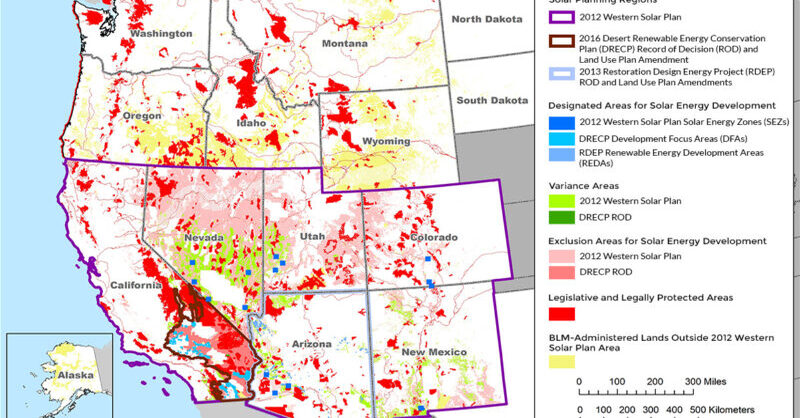
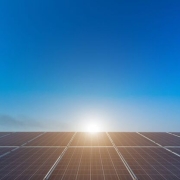

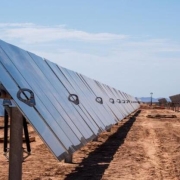
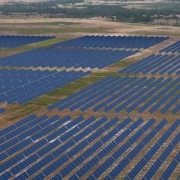
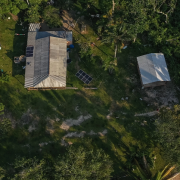
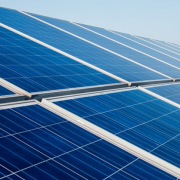


Leave a Reply
Want to join the discussion?Feel free to contribute!